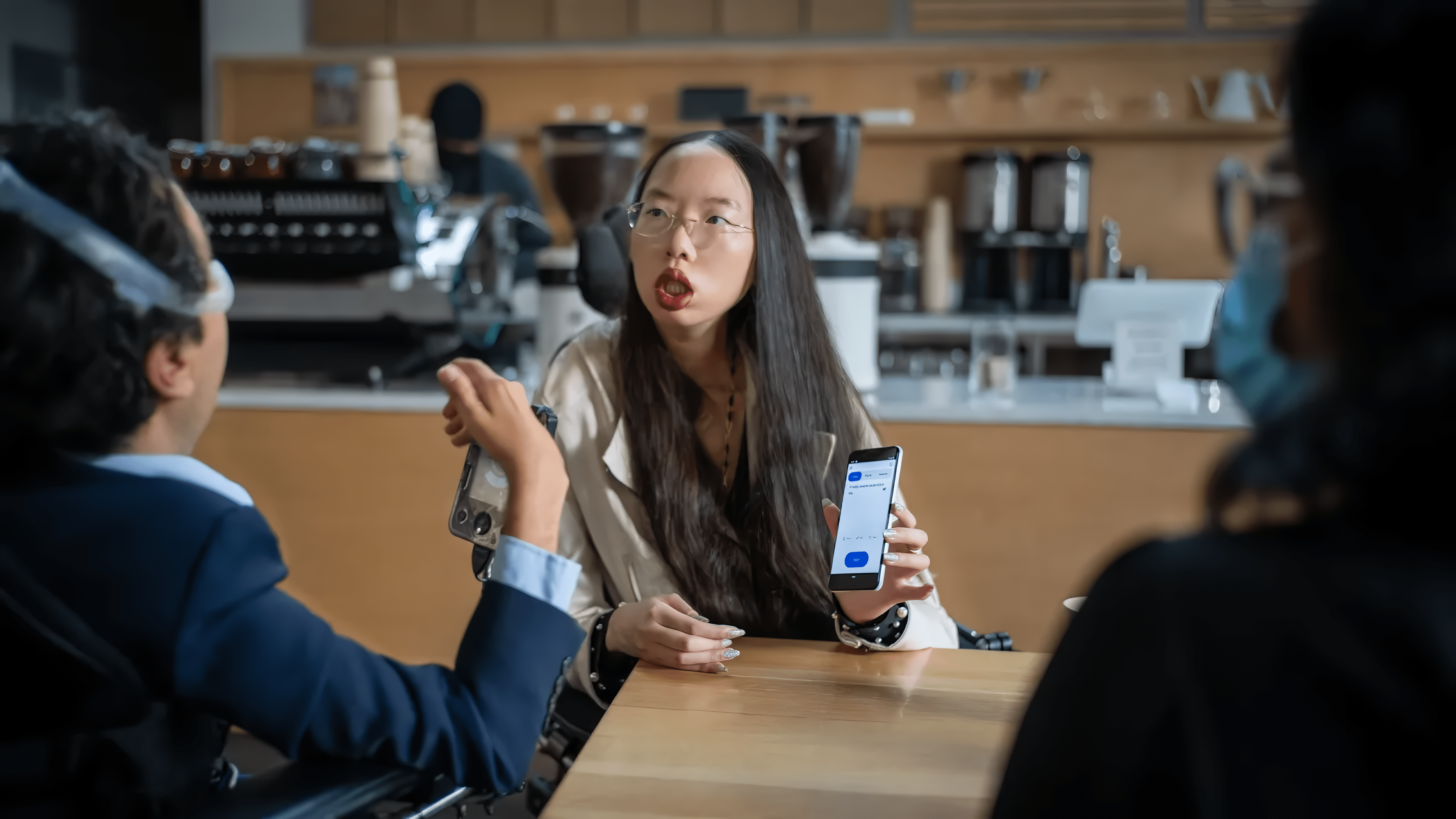AI has now permeated nearly every aspect of our daily lives: it organizes our schedules, filters information, shapes our entertainment, assists us with tasks, and even influences our job opportunities. This deep integration brings not only technological advancements but also significant responsibilities. We face a paradox: AI systems often inherit—and in some cases, exacerbate—deep-seated societal biases.
These are not mere technical glitches. When Google Photos mistakenly labels Black people as “gorillas”, amplifying racist insults, or when voice assistants default to female voices, reinforcing gender stereotypes that place women in caregiving and support roles, we witness the algorithmic crystallization of bias. These biases are embedded in training data and validation processes, reflecting underlying social dynamics.
The real innovation in AI design lies in the ability to turn these challenges into opportunities. AI, when guided by inclusive design principles, can become a powerful tool for breaking down barriers and creating universally accessible digital experiences. Beyond simply using diverse datasets, it is crucial to consider AI’s perspective, particularly in the way it is prompted. The way we frame a request directly affects the outcomes we get: AI does not spontaneously generate accessible and inclusive solutions—it must be explicitly guided in that direction.





